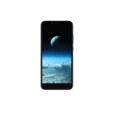iPhone 17 will be Slimmer
A few hours ago, a rumor emerged suggesting that the successor to Apple’s iPhone 16 Plus would be named the iPhone 17 Slim. This new name implies it will be the thinnest member of the 17 family, though that alone might not justify such a significant change. However, when you consider that its screen will be smaller than both the current iPhone 15 Plus and the forthcoming iPhone 16 Plus, the rebranding begins to make more sense.
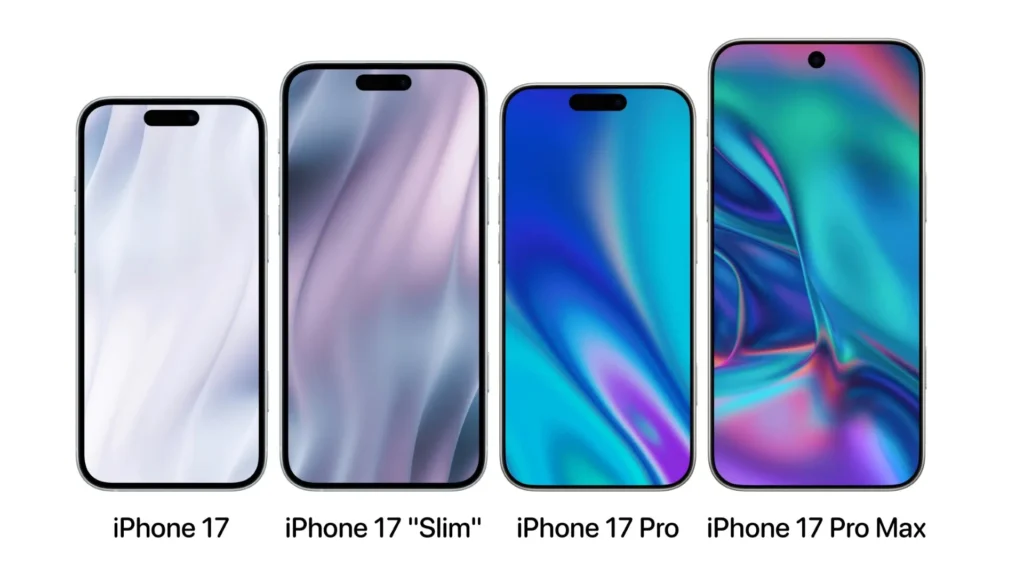
Ross Young from Display Supply Chain Consultants, a usually reliable source, has provided a precise measurement for the iPhone 17 Slim’s display. According to Young, the display will measure exactly 6.55 inches diagonally, adding accuracy to a previous report by analyst Jeff Pu, who estimated it at “6.6 inches”.

For context, the iPhone 15 Plus features a 6.7-inch screen, a size expected to be retained by its successor. Meanwhile, the Pro Max variant is anticipated to grow to 6.9 inches. This shift suggests Apple may be pushing those who prefer larger screens towards the more expensive Pro Max models, rather than the more affordable Plus versions. If these rumors hold, the iPhone 16 Pro Max will adopt a 6.9-inch screen, with the iPhone 17 Pro Max maintaining that size while the iPhone 17 Slim goes smaller.

Despite the credibility of these sources, it’s essential to remember that we’re about 18 months away from the iPhone 17 family’s launch. This means that many details could change between now and then, even if the current information is accurate.
Published on 06/16/24 11:06 | by Rawa John
iPhone 17 and 17 Plus to Come with 120Hz Displays with Always-On Display
Apple introduced its ProMotion displays boasting a 120Hz refresh rate a few iterations ago, but the availability of these premium panels has been limited to higher-end iPhone models. This disparity has left owners of more affordable iPhones longing for the enhanced display experience offered by ProMotion technology, leading to a chorus of complaints.
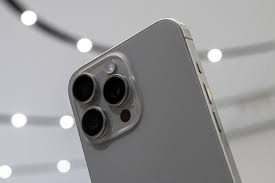
However, according to the latest insights from the supply chain, Apple is gearing up to democratize its premium LTPO OLED panels by bringing them to the more budget-friendly iPhones in 2025. This strategic move suggests that the upcoming iPhone 17 and 17 Plus models will mark the debut of LTPO displays in Apple’s mid-range lineup. Leveraging the advanced capabilities of LTPO technology, including granular refresh rate control, Apple intends to introduce the coveted ProMotion feature to its affordable models, while also enabling the implementation of an Always-on display functionality, a first for this tier of iPhones.
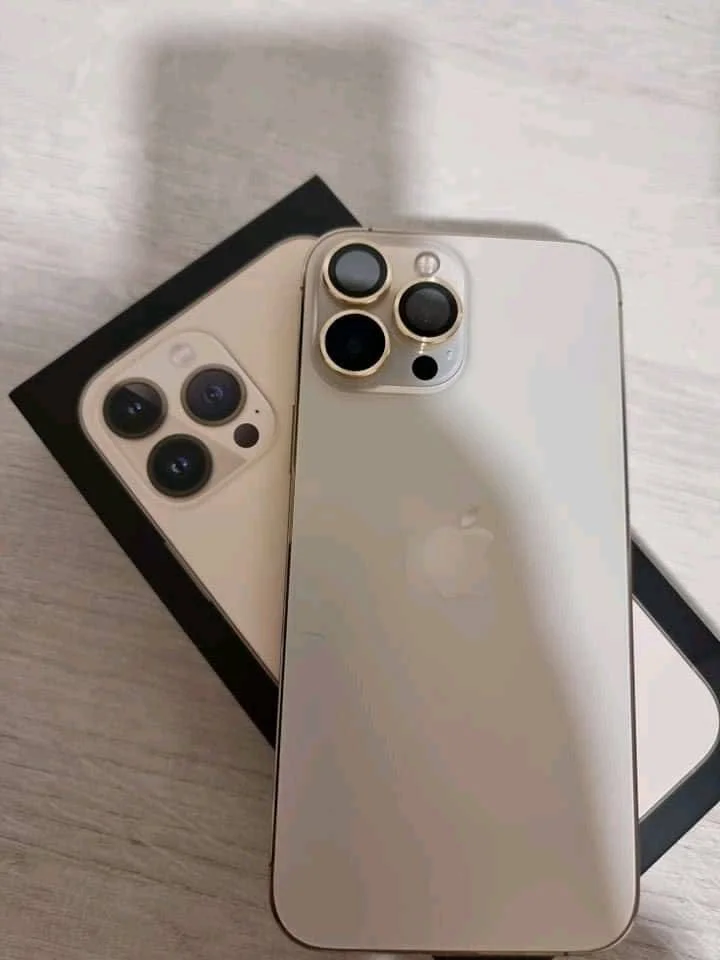
Key to this initiative is the involvement of BOE, a prominent player in the display manufacturing sector. As per reports, BOE has been actively collaborating with Apple and has submitted display samples for evaluation. However, even if Apple greenlights BOE’s offerings in the near future, production capacity constraints mean that BOE won’t be able to scale up output in time for the release of the iPhone 16 series. Additionally, there are indications that BOE is grappling with meeting Apple’s stringent quality standards, further complicating the timeline for integration. Consequently, the iPhone 17 series emerges as a more plausible target for BOE’s LTPO panels, suggesting a potentially transformative shift in display technology for Apple’s mid-range lineup.
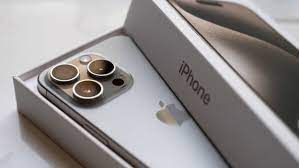
As anticipation mounts for the forthcoming iPhone iterations, the prospect of LTPO displays becoming more accessible to a wider audience underscores Apple’s commitment to innovation and user experience. By equipping its more affordable models with premium display features previously reserved for flagship devices, Apple aims to deliver greater value and satisfaction to its diverse user base.
Published on 03/26/24 12:18 | by Rawa John







